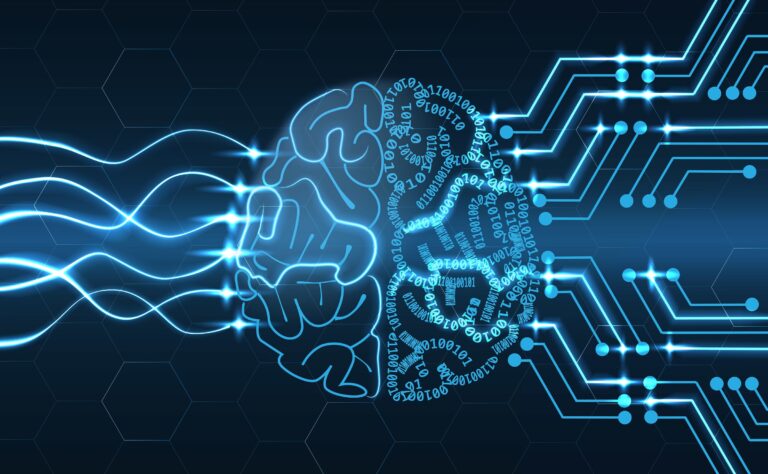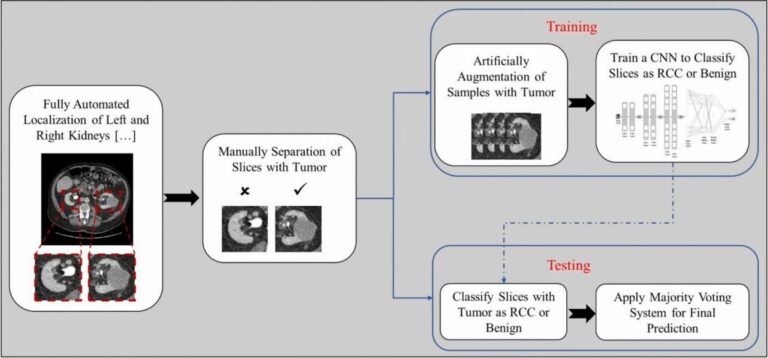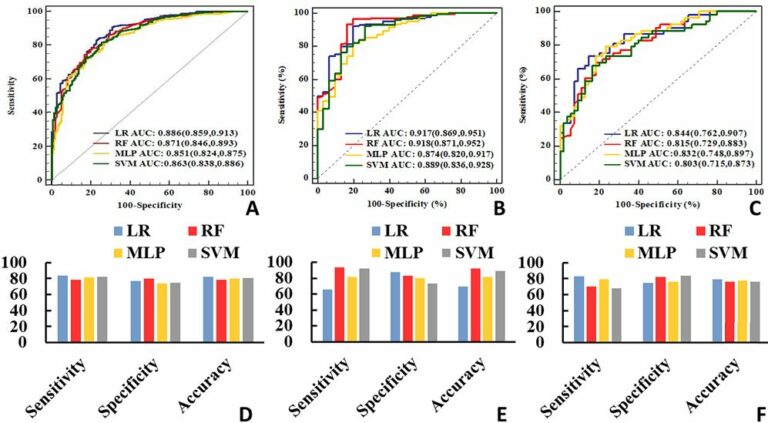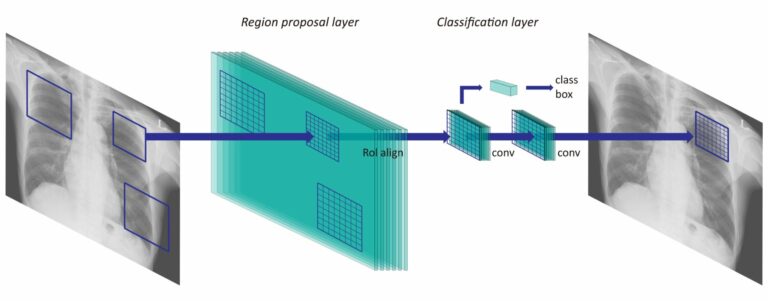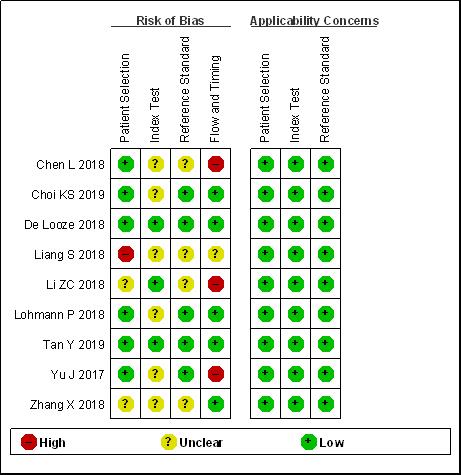
Diagnostic accuracy and potential covariates for machine learning to identify IDH mutations in glioma patients: evidence from a meta-analysis
The goal of this study was to assess the diagnostic accuracy of machine learning in the prediction of isocitrate dehydrogenase (IDH) mutations, particularly in patients with glioma, as well as to identify potential covariates that may have an influence on the diagnostic performance of machine learning. The authors were able to show that machine learning demonstrated excellent diagnostic performance in










